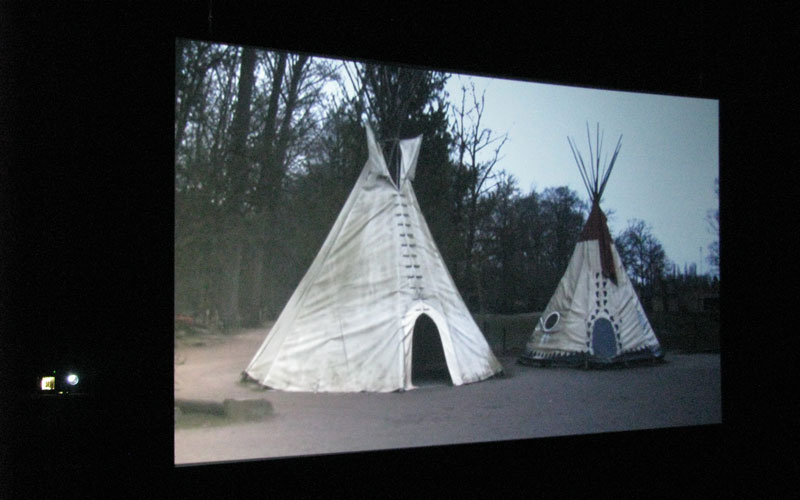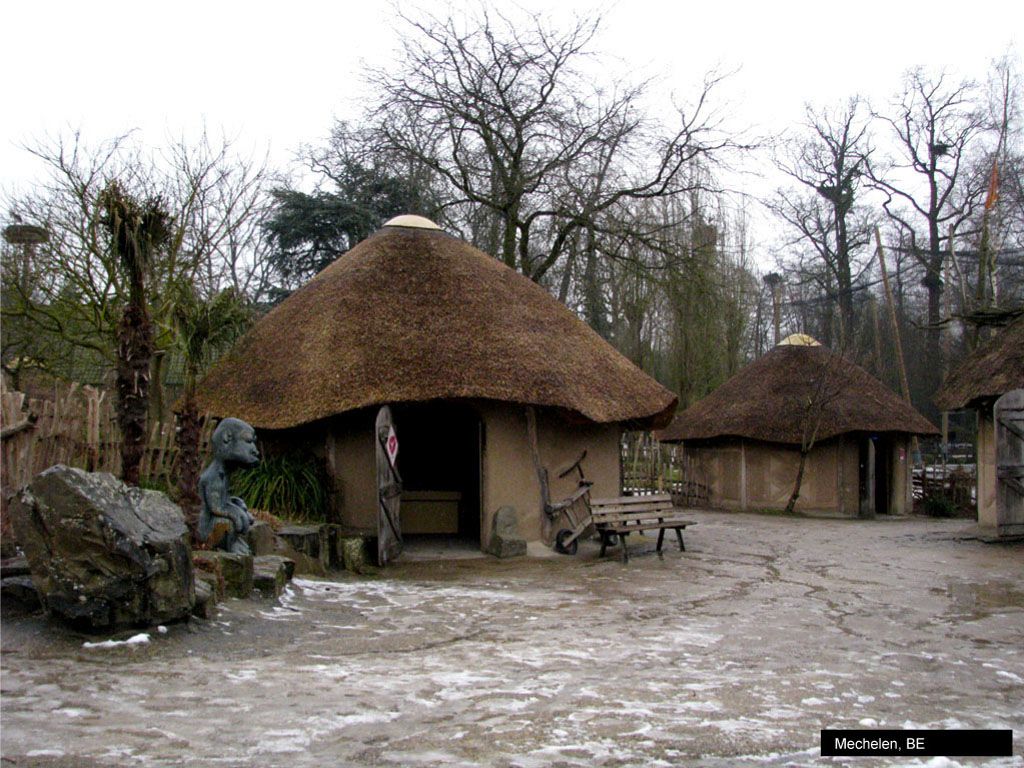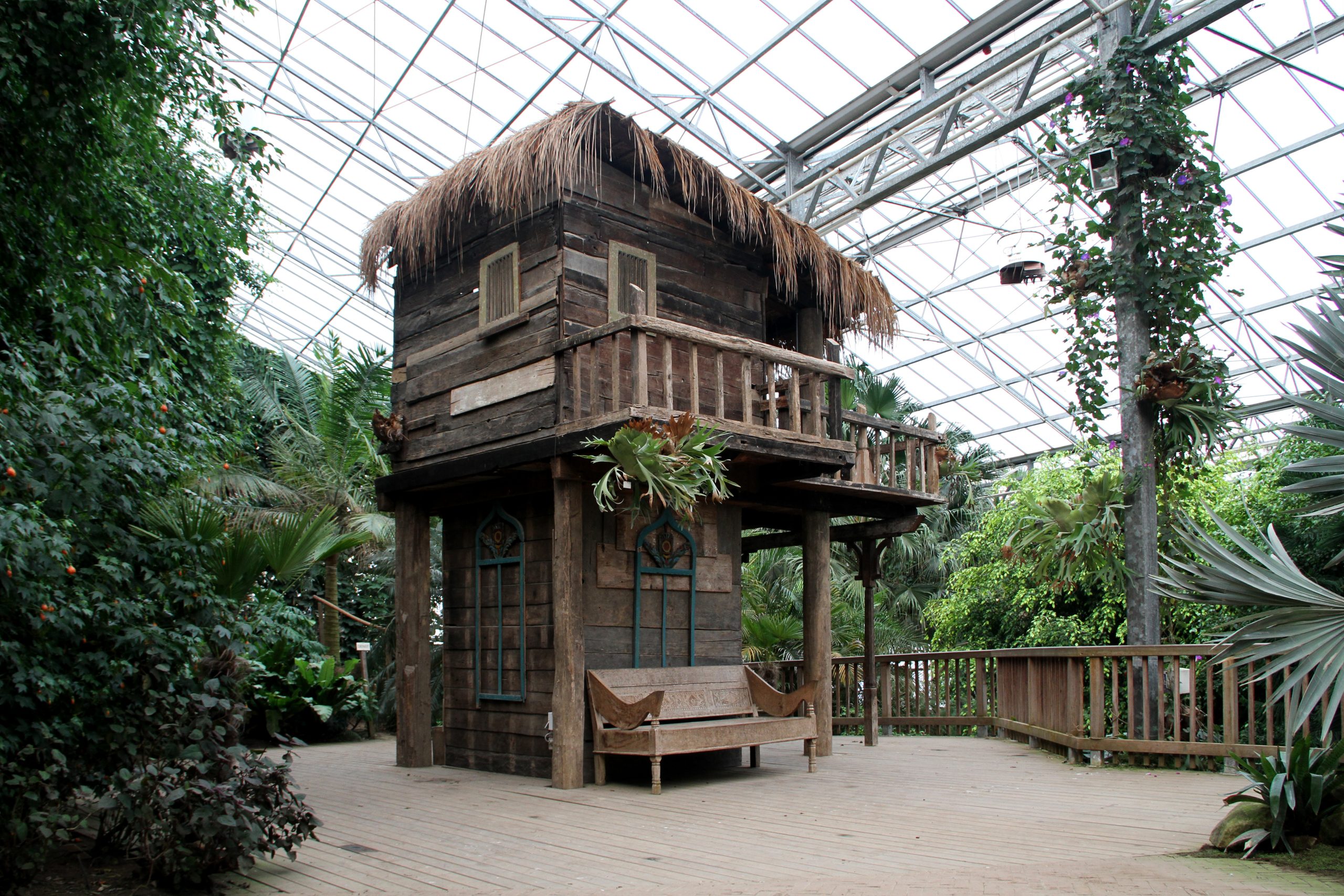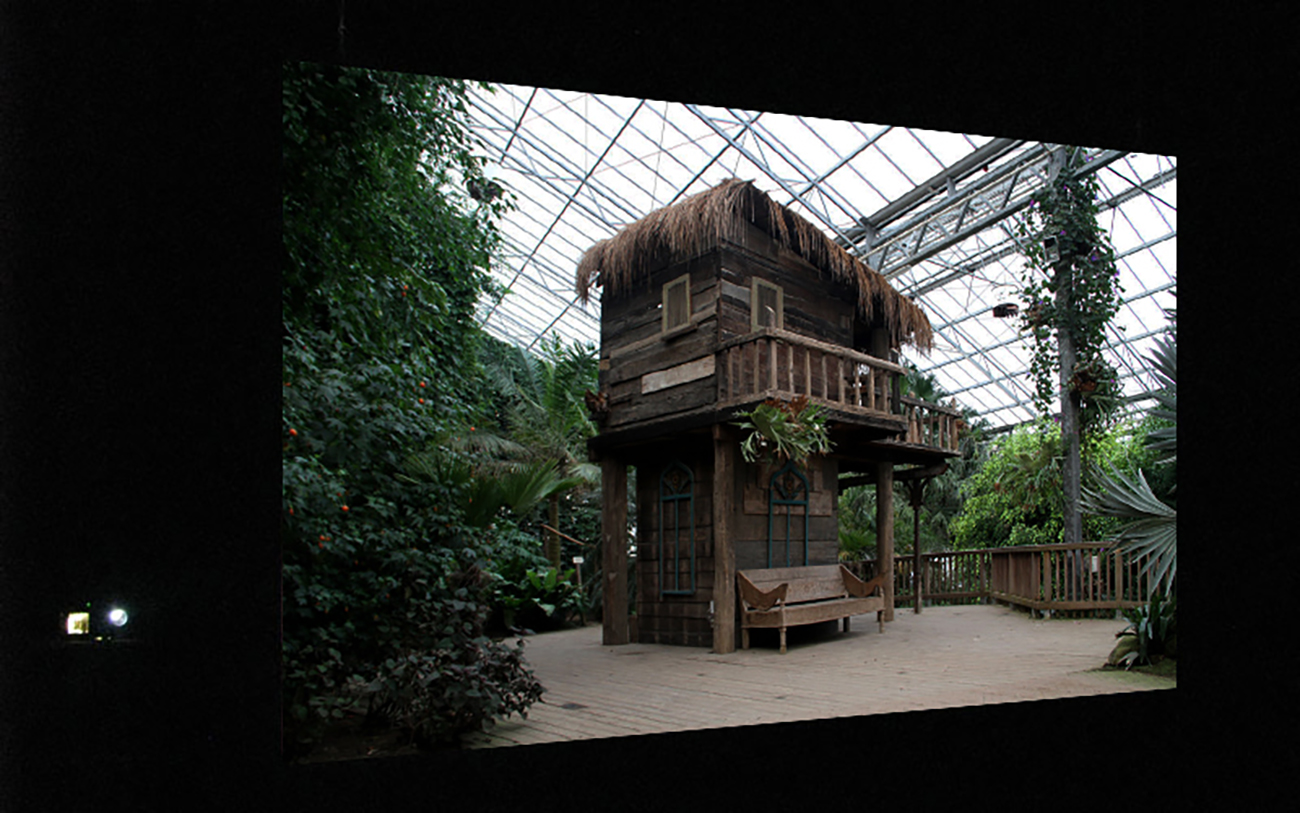Film Installation
2012
Geography is a Flavour takes its title from the slogan used by the Starbucks coffee brand, a strap-line that belittles the specifics of place, suggesting difference as mere sensation. The work presents abandoned reconstructions that depict specific places out of their cultural context.
“The sets she records are deserted. Their inertness and emptiness give us room for thought, more about the place itself than about the fun and entertainment usually associated with the location. Geography is a Flavour – Dijkman uses the slogan – Dijkman uses the slogan coined by the multinational chain, Starbucks, to elaborate on the idea that geography has simply degenerated into a fleeting sensation – a kind of transient flavour – which is rapaciously exploited in product advertising. ‘A taste of the Mediterranean’ or ‘The flavour of…’ are slogans that function as clichéd representations serving the needs of mass consumerism and which have become embedded as self-evident expressions of superficiality in our everyday lives. These images tell us more about our dreams and aspirations than about the places they refer to. They represent three-dimensional projections of our desires, driven subliminally by advertising statements. In Geography is a Flavour, Dijkman discriminatingly uncovers these intimations and challenges us to ask questions about the representations of these places.
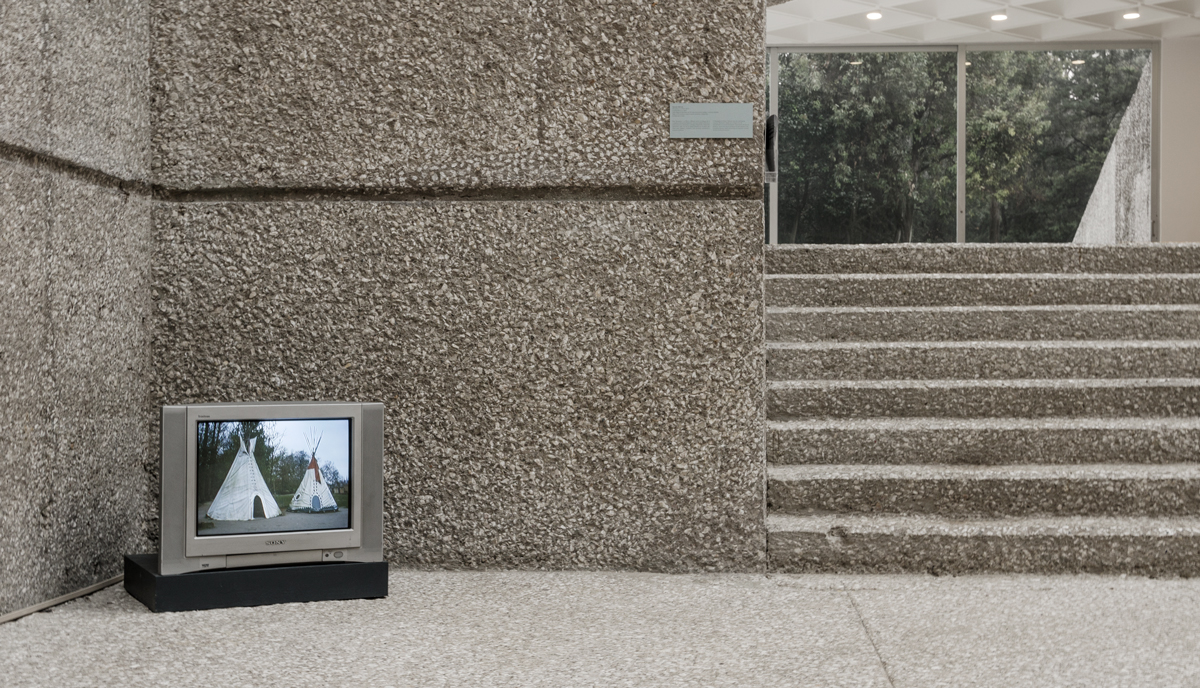 ‘Geography is a Flavour’, installed at Museo Tamayo Art Contemporáneo, Mexico City, MX (2014)
‘Geography is a Flavour’, installed at Museo Tamayo Art Contemporáneo, Mexico City, MX (2014)
In one picture, the evocative imagery is punctuated by a line of indigenous trees, whilst a closer look at the other images gives reason for the authenticity of their scenes to be brought into question. Disturbingly fake and alike, the pictures are too perfect to be true. Rather, they are asking to be perceived as images about a place, not as a representation of it. Instead of being a nostalgically kitschy souvenir of tourist attractions, Dijkman’s book of postcards seemingly documents ordinary places in the direct vicinity. The collective imagination of a culture has attained a tangible form in these places. Such images of culture serve as a reflection between farce and fiction. They subconsciously communicate messages of fun, pleasure, and commerce, are merely decorative or promotional, and reflect longings for the exotic – or Fernweh, a yearning to be far away from the mundaneness of everyday life. They provide us with a fascinating illusion in which we are eager to immerse ourselves so that here in Parkstad, we too can dream of Africa as only it can exist here. What is worrying is that ‘Africa’ and the other places in Geography is a Flavour have degenerated into stereotypes which have degenerated into stereotypes which self-evidently form part of our public space – and our culture – with their empty symbolism. – Excerpt of text by Lene ter Haar for Geography is a Flavour at Schunck, Heerlen, NL (2010)
Geography is a Flavour
This work comprises five videos, a photo archive, and printed matter.
The series of videos is presented on one projection or on five separate monitors spread out throughout the exhibition space.

Leporello with nine photographs.
Designed by: Julie Peeters
Published by: Schunck on the occasion of Geography is a Flavour.
Edition of: 600
2010
